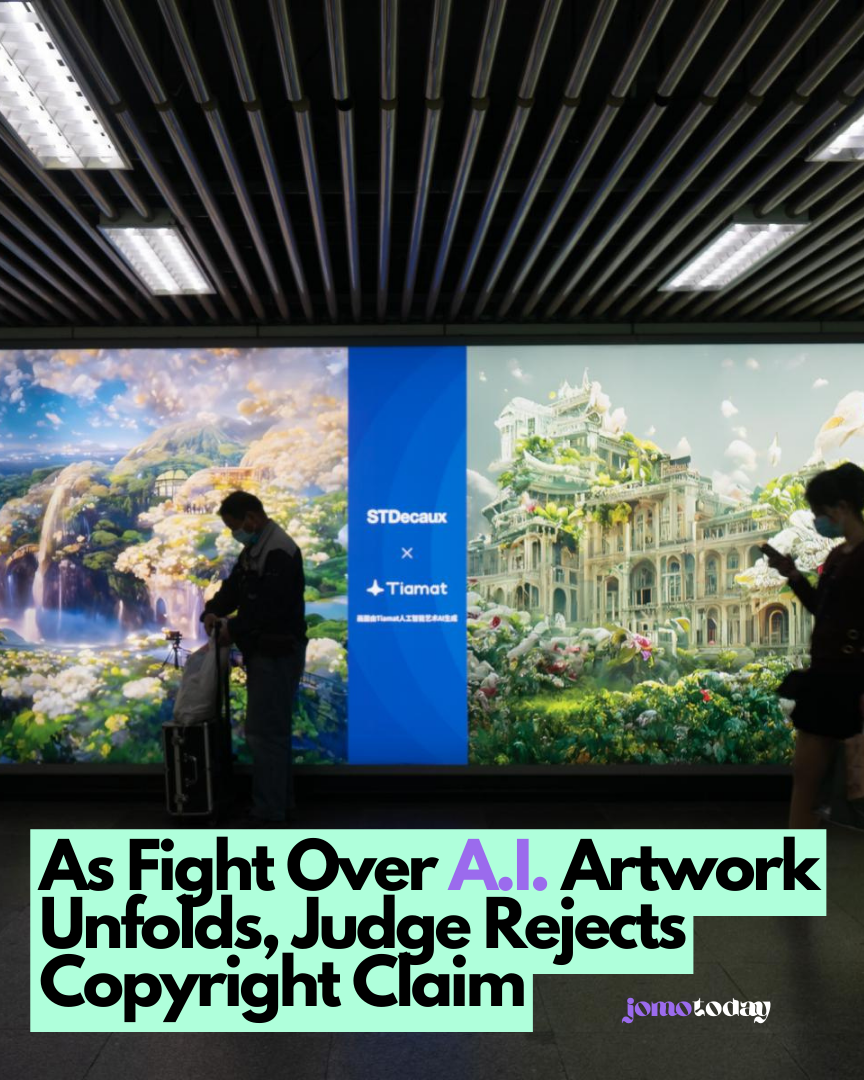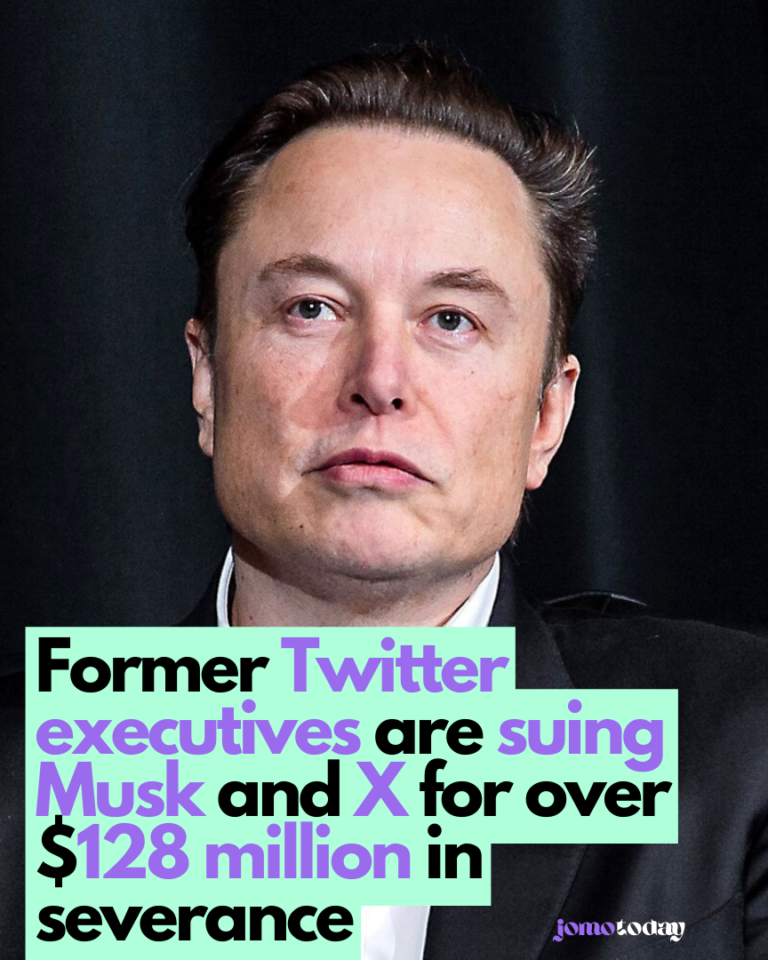A federal judge has rejected the effort of an inventor to secure copyright for artwork generated by his designed image generator. Nevertheless, additional legal battles are anticipated in the near future.

In a recent ruling, a federal judge declined the attempt to secure a copyright for an artwork generated by artificial intelligence, shedding light on the broader legal conflict surrounding authorship and intellectual property.
This particular case stood out due to its unique nature: inventor Stephen Thaler attributed the creation of the artwork to his computer system, contending that a copyright should be granted and subsequently transferred to him as the machine’s proprietor. Following repeated rejections of his request by the U.S. Copyright Office, Thaler took legal action against the agency’s director.
Judge Beryl A. Howell of the U.S. District Court for the District of Columbia noted in her decision last Friday, “Plaintiff can point to no case in which a court has recognized copyright in a work originating with a nonhuman.” She further acknowledged that “we are approaching new frontiers in copyright as artists put A.I. in their toolbox.”
Similar considerations regarding “human authorship” have influenced rulings in cases like the ownership of a monkey’s selfie. The artwork under discussion, titled “A Recent Entrance to Paradise,” portrays a lush yet pixelated scene of train tracks weaving through the countryside. Thaler generated this piece in 2012 by instructing his AI generator to produce the image.
Ryan Abbott, Thaler’s attorney, announced his intention to appeal the ruling, framing the legal discussions as a crucial component of the ongoing public discourse surrounding the flourishing generative art movement.
Abbott questioned whether the prevailing framework should allow for ownership of outputs produced by artificial intelligence or if it should solely safeguard more conventional, human-originated artworks. The Copyright Office expressed its agreement with the court’s decision in a statement.
Earlier this year, the Copyright Office introduced an initiative aimed at examining copyright law and policy matters associated with artificial intelligence. Concurrently, it issued guidelines for submitting creative works that involve AI-generated content. These guidelines stipulate the necessity of designating human authorship and clarifying the segments generated by algorithms.
Art lawyer Megan Noh, not associated with the case, characterized the ruling against Thaler as “significant but not surprising,” aligning with the office’s directives and prior judicial judgments. She emphasized that this ruling doesn’t preclude the possibility of registering other artworks produced with AI assistance.
A barrage of forthcoming cases challenges the legality of images and texts produced by artificial intelligence. Comedian Sarah Silverman joined lawsuits in July, alleging that OpenAI and Meta employed her writing to train their algorithms without authorization. Additionally, companies like GitHub and Stability AI are confronting litigation that accuses them of illicitly scraping artists’ creations for their AI-driven products.
Jason M. Allen, the artist whose triumph at last year’s Colorado State Fair art competition triggered extensive discourse about generative art, is actively pursuing his own legal case against the Copyright Office.
Despite his victory, Allen’s endeavor to secure copyright as the exclusive creator of images generated by a generative algorithm faced rejection from the agency. He currently awaits the agency’s decision on a second appeal. Anticipating a potential legal battle, Allen emphasized his readiness to engage in a court dispute. He asserted that artists desire control over their creations, regardless of the tools employed in their production.
Allen emphasized the inseparability of the tool from the user, arguing that separating the two effectively dismisses the role of the individual behind its creation.
Read more: ‘We can do it too’: Meet Blackswan, the K-pop group with no Korean members






1 Comment